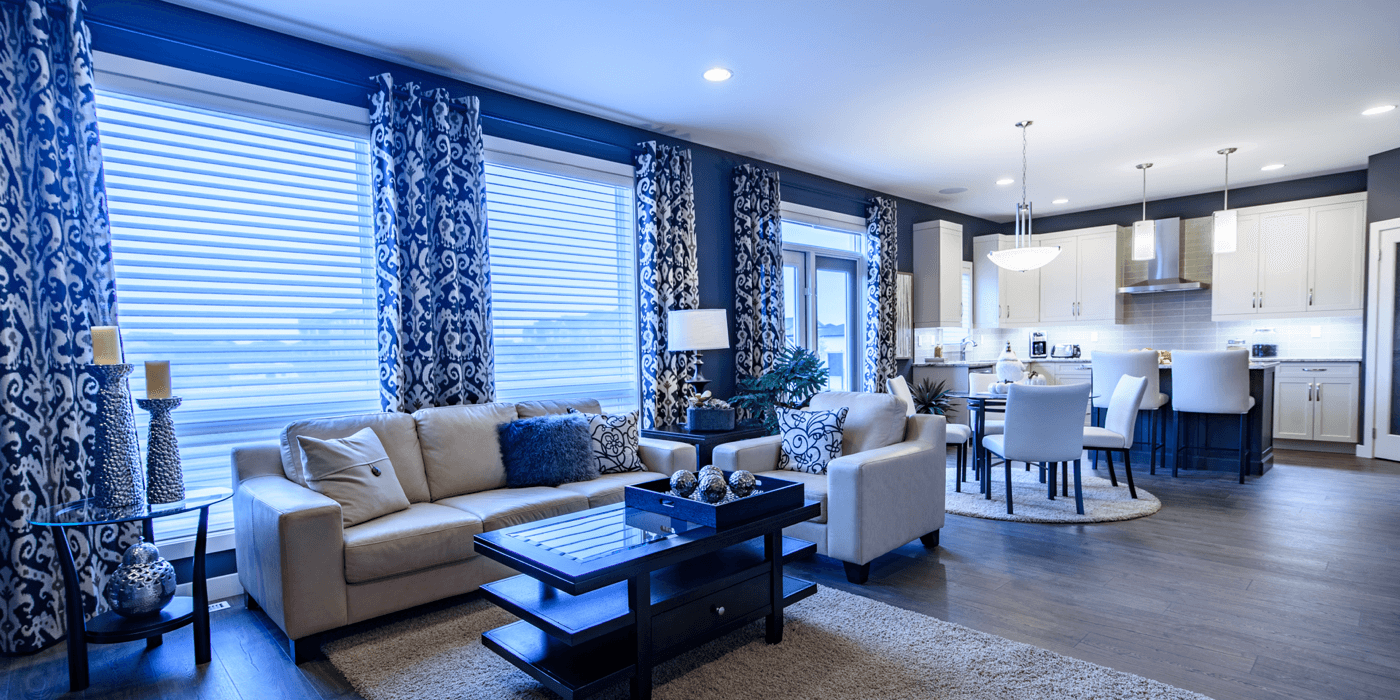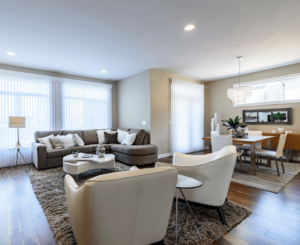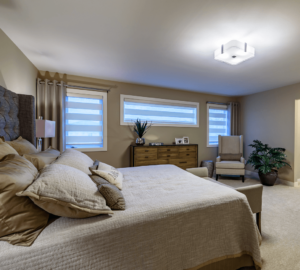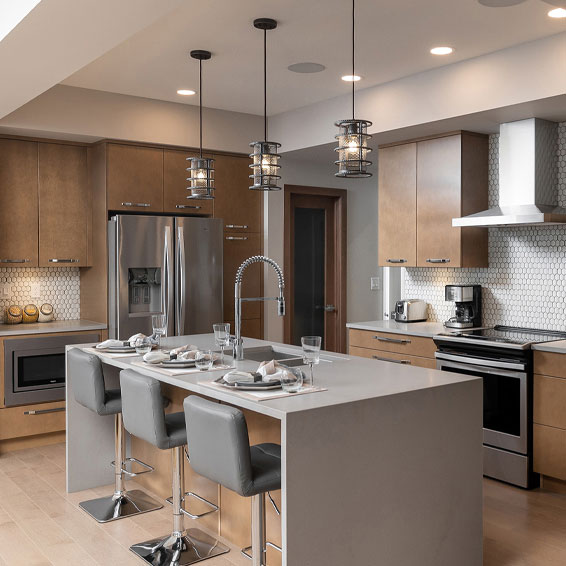
One of the most exciting things about moving into a new home is the initial decorating. It may seem like a small detail, but the window treatments you choose can dramatically affect the look and feel of your home. Some treatments are great for allowing natural light into the space or complementing a modern design while others add an upscale feel to a room.
Here’s a look at your options as you work to achieve the right atmosphere in your new home.
Drapes and Curtains
Curtains and drapes can be very formal or fun and breezy depending on the style you choose. These window treatments are also very versatile. Drapes can block light completely and usually have heavier fabric with a lining that makes them excellent for reducing energy costs.
heavier fabric with a lining that makes them excellent for reducing energy costs.
Curtains, on the other hand, tend to be lighter and may even be sheer or translucent to allow some or all-natural light into the home. Drapes are also a good choice if you value your privacy, which makes them most popular in living rooms and bedrooms. If you have large windows, sliding glass, or French doors, panels may be the best option to show off the view and frame the opening.
Blinds
Window blinds are sturdier than window shades and they can be made from many materials like wood, vinyl, or composite materials. The slats can be vertical or horizontal depending on the style with excellent versatility for letting in the amount of light and fresh air that you choose. If the choice comes down to blinds or shades, remember blinds are best at blocking light and maintaining privacy. Blinds can even reduce your energy bills a bit by reducing summer heat gain, although they do not help much with heat loss during the cold months.
Wood blinds are a more costly option but they lend a touch of sophistication to any room. You can customize the appearance of the blinds by choosing from many finishes and varieties of wood. Faux wood made from composite materials are easier to maintain, however, and less expensive.
Horizontal blinds are mostly used for picture windows in living rooms, but vertical blinds are also an option. This style can add interest and dimension to doors and tall windows.
Shades
Shades are a cost-effective yet attractive solution for light-blocking and privacy. Unlike blinds, which have slats of material, shades are made of a single piece of fabric that can be rolled up. Shades come in a huge array of patterns, colors, and materials, including linen, polyester, and cotton, to completely customize your new home.
If that’s not enough, they can also be one of the most effective ways to save energy in your home. During the daytime in the winter, raise shades on the south side of your home and lower them at night to reduce heat loss. In the summer, lower shades on sunny windows. Some shades offer energy efficiency in the form of air barriers, like honeycomb shades, while others act as insulation.
Honeycomb shades are the most common solution with honeycomb-shaped pockets between the panels that trap air and reduce energy loss. This basic type of shade is affordable and comes in several colors.
Many homeowners prefer roller shades, which can range from translucent to opaque. Also known as solar shades, this type of window treatment can be used to reduce glare and UV rays. Unlike drapes, honeycomb shades, and other options, roller shades are easy to keep clean with a damp cloth. They also come in a huge array of colors and styles, including bamboo.
A final option is Roman shades, which are lightweight, elegant, and unique. Roman shades are usually made of a heavy fabric that blocks light with multiple folds, but there are dozens of ways to customize their look and function. A cord system with rings on the back of the fabric allows you to raise the shade while the fabric stacks along horizontal folds. When fully raised, Roman shades resemble an attractive fabric valance. Roman shades are a timeless decorating choice that can work well in any room, especially bedrooms and living rooms. Because Roman shades maximize space and mount inside the window, they’re even practical and won’t get in the way of built-ins or furniture.
Shutters
 Shutters are a good choice for achieving an elegant yet classic look in your home. Shutters can last about 2 decades with greater durability than shades and blinds. Of course, shutters are also more expensive and you’ll be making a bigger commitment, as the cost and installation mean they can’t be swapped out as easily as drapes.
Shutters are a good choice for achieving an elegant yet classic look in your home. Shutters can last about 2 decades with greater durability than shades and blinds. Of course, shutters are also more expensive and you’ll be making a bigger commitment, as the cost and installation mean they can’t be swapped out as easily as drapes.
Interior shutters are available in wood, vinyl, or composite with a large variety of finishes and colours. This type of window treatment is often used in kitchens and bathrooms to let in plenty of natural light. There are two popular styles of shutters to consider.
The most popular type of shutter is the plantation shutter. Unlike traditional shutters, they feature slats that are wider apart which means they are not light-tight. They can be adapted for bathroom use by hanging four shutters per window; the top shutters can be left open for light while the bottom shutters can remain closed for privacy.
When you decide to sell your home one day, shutters can be an eye-catching focal point and may offer a modest return on investment. That’s because plantation windows may be considered “window furniture” rather than a window treatment.
Café style shutters, while less common, add their own charm to a room. These shutters cover the lower half or 2/3 of the window and work best in dining rooms and kitchens. Café style shutters are perfect for blocking the view of the outdoors – such as a neighbor’s property – while allowing light into the room. They can also be combined with curtains for additional privacy.
The best way to choose window treatments is to start with function and budget before choosing a style and color. Start by deciding how much light and privacy you want in the room, then explore options to best compliment your décor. If you aren’t quite ready for a big investment or something that will last for years, you may want to cross shutters, wood blinds, and heavy drapes off your list.




